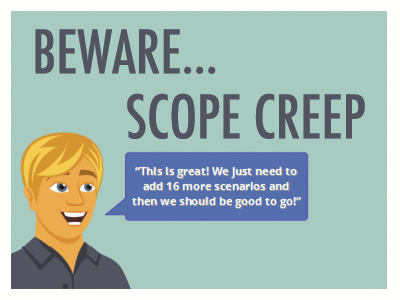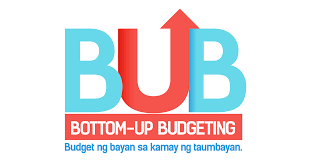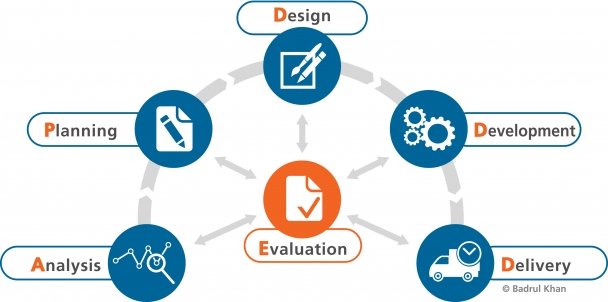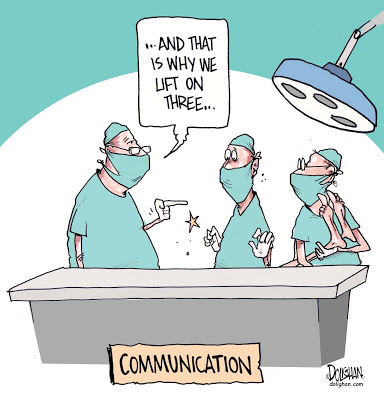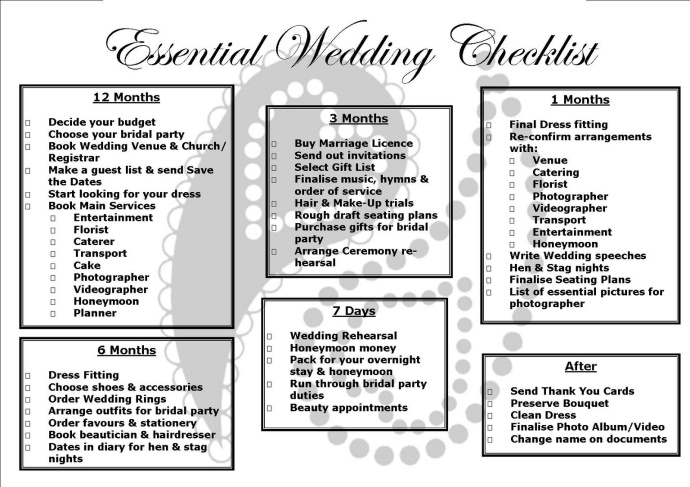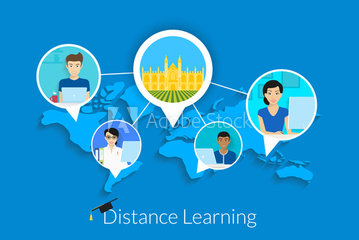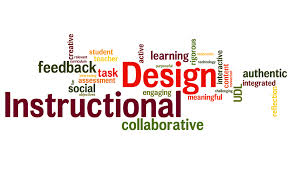Pre-Planning Strategies before converting your face to face course to an eLearning course
- The following is a brief guide about switching your face to face course to an eLearning course.
- This course will provide the trainer with helpful strategies to consider before the conversion
- Original training program content to be enhanced in a distance learning format
- Your new role as a trainer, in a distance learning environment
- Steps that the trainer should take to encourage learners’ participation online
There are several things that the trainer needs to take into consideration when designing their eLearning course. Some may even call these “best practices for facilitators”. All facilitators should be familiar with the technology in which they have chosen to work with. There are times that the facilitator may become a resource for the learners’ as they navigate through the technology Piskurich, G. (n.d.).
But before tackling the technology, the trainer wants to take time to consider what is going to be the best learning format. Consider the following.
- Asynchronous- Interaction between the trainer and the learner occurs intermittently, generally this a self-paced format, via the internet, question and answer opportunities, mentoring, online discussions (individual and group discussion boards, emails). The learner interacts with the material via a technological system that allows for flexibility of schedule and location of the learning Abbott, S., (2014).
- Synchronous/distance education- Real time learning mimicking that of a face to face learning environment. This learning is instructor lead, online learning event. The learner logs into a certain environment (CMS, LMS) at the same time as all other learners, communicates in real time with each other, virtual classroom, facilitator controls the discussion and has the ability to call on individual learners’. The learning technology generally utilized for facilitation is Whiteboard, audio- or video conferencing, internet telephony, or two way live broadcasts media, chat- social asking and answering questions in real time Abbott, S., (2014).
- Hybrid/ Blended Learning- A mixture of both Asynchronous and Synchronous learning Dziuban, C., Hartman, J.L., Moskal, P.D., (2004).
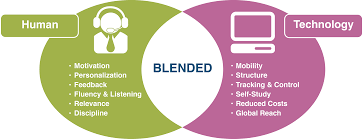
According to Dziuban, Hartman & Moskal’s research of Hybrid/Blended learning and learning success rates there is “potential to increase student learning outcomes while lowering attrition rates in comparison with equivalent fully online courses (Dziuban, c., Hartman, J.L., Moskal, P.D., (2004).
You also want to keep in mind however, what is going to be the best eLearning format for you and your course, if that still doesn’t help it is best to analyze the learning audience and their needs.
Keeping in line with best practices it is imperative that you also do your research. You want to make certain that you have researched all applicable instructional design models. The ADDIE model is one of great familiarity, but it may not be the best the model for your particular course that is why it is imperative that you do your research on specific design models for your eLearning course. Deciding on the instructional design model is crucial, without it you have a course with essentially no direction or guidance, unsafe learning environment, wasted time, risk and wasted energy. With a specific plan, you are able to provide learners with a safer learning environment, process, less time being spent frustrated and lost within the course and less risk of attrition and poor learning outcomes overall.
Moore (1989) believes that interaction is key to any successful online educational experience. There are three types of interaction consider as you build your course.
- Learner Content- Refers to the interaction between the learner content/subject matter. Moore believes that if there is interaction with regard to the content that there is greater learning and understanding of the information by the learner.
- Learner to instructor- Refers to the interaction of the learner with the instructor. This interaction can take the form of a tutor, mentor or content expert. The second form of this interaction can be print, email, electronic dialogue (discussion posts), computer conferencing.
- Learner to Learner (s)- Refers to learner interaction that can occur outside of a group or within a group setting with or without instructor presence. Another form of interaction occurs when the learners engage in discussion moderated by the instructor. Sometimes these learning groups may be given certain responsibilities within the group to act autonomously for conducting group projects or other forms of group lead activities.
It is also important when developing your course to keep in mind that distance education should never be an individual act but a “collaborative process” of numbers of experienced specialists in a design team and delivery networks Moore, M.G., (1997).
These experts may consist of the Subject Matter Expert, Instructional Designer, Facilitator etc.
How to enhance original training program for distance learning.
Moore (1989) believes that interaction is key to any successful online educational experience. There are three types of interaction consider as you build your course.
- Learner Content- Refers to the interaction between the learner content/subject matter. Moore believes that if there is interaction with regard to the content that there is greater learning and understanding of the information by the learner.
- Learner to instructor- Refers to the interaction of the learner with the instructor. This interaction can take the form of a tutor, mentor or content expert. The second form of this interaction can be print, email, electronic dialogue (discussion posts), computer conferencing.
- Learner to Learner (s)- Refers to learner interaction that can occur outside of a group or within a group setting with or without instructor presence. Another form of interaction occurs when the learners engage in discussion moderated by the instructor. Sometimes these learning groups may be given certain responsibilities within the group to act autonomously for conducting group projects or other forms of group lead activities.
It is also important when developing your course to keep in mind that distance education should never be an individual act but a “collaborative process” of numbers of experienced specialists in a design team and delivery networks Moore, M.G., (1997).
These experts may consist of the Subject Matter Expert, Instructional Designer, Facilitator etc.
As you develop your course you want to make certain that you are providing your learners with clear direction. This can be achieved by familiarizing yourself with the lesson plan, if you are the one who is creating the course but not facilitating the course, it may be a good idea to include the facilitator in the creation of the syllabus so that they are familiar with the material they will be presenting and to provide valuable input in the design and redesign if necessary. The bottom line is to make certain that your learners have the best understanding of the material, lending to an overall better learning experience Piskurich, G. (n.d.).
While designing any eLearning course, it is imperative to keep in mind that each learner will learn at their own pace; with this in mind it necessary to keep in constant contact with your learners’. It is imperative that the facilitator/ trainer participate and show that they care. Often in an eLearning course this can be achieved by keeping in contact with the learner through email, chat, discussion boards. Dr. Piskurich suggests implementing train the trainer sessions as just one of the ways to keep this dialog and learning going through an eLearning environment. That being said it is imperative to set-up a learning environment that is supportive, open and respectful, further information and techniques for providing this will be discussed further later in this guide.
With development of this course you will also want to keep in mind the technology necessary for you to facilitate your eLearning course, you want to make certain that you have familiarized yourself with the technology and keep in mind that you may take on a new role as your learners may need to use your technological knowledge as they become familiar with the new technologies Piskurich, G. (n.d.).
After converting your face to face course to an eLearning course you might think that your work is done and your course is ready to be put out there for the learner. You should always make revisions before offering your course to your learners. Your work has just begun. Once again if you are the one designing the course but not the one that is facilitating the course, you want to make certain that you involve the facilitator in not only the design process but the revision process as well Piskurich, G. (n.d.).
Steps to Revision Checklist
- create a survey for each participant to evaluate the effectiveness of each of the modules in four separate areas.
- Course design
- Site design
- Ease of navigation
- Design aesthetics
The survey should consist of qualitative and quantitative questions. The questions should be about usability, interface, design, accessibility, audience analysis, content/course materials and instructional design standards.
- Implementation of Alpha Testing- A panel of experts which should consist of the subject matter expert, instructional designer, eLearning developer etc. should review your course and give constructive feedback. Revisions are then made based off of this feedback and once again the revisions to your e-learning course begin Pappas, C., (2011).
- Implementation of Beta Testing- After the suggested revisions have been made you will once again have the same experts review and re-test your eLearning course.
- Analysis of data- Based once again on constructive feedback of assigned experts you should work on improving your eLearning course.
- Revision Phase- Now is the time for final revisions and making your course available to the learners. With that in mind you should always be making revisions to your course based on learner’s feedback.
Training Role
In an eLearning Course your instructional role changes significantly. As the trainer of your eLearning course you will wear many “hats”. The list below will help to explain further.
- Pedagogical Role- As the trainer you are supporting the learning process of the individual learner or learning groups, direct instruction, facilitator. You will be responsible for asking direct questions of the learner, giving advice or suggestions, fostering the learner’s observations/self-awareness Toles, L., Ashton, S., Roberts, T., Tzoneva, I. (2003).
- Managerial/Administration-You will be responsible for managing the course, managing the learner and managing the discussions Toles, L., Ahton, S., Roberts, T., Tzoneva, I. (2003).
- Social/ Interpersonal- Your role in the eLearning course is to ensure that the virtual tools being used are providing for interpersonal, impersonal and hyper personal communication.
- Interpersonal Communication- Process people exchanging interaction of information and feelings and meaning through verbal and non-verbal communication better known as your face to face interactions Skills You Need (2011).
- Impersonal Communication- Based specifically on social roles like the communication between a sales person and a potential customer Business dictionary (2015).
- Hyper personal Communication- Computer mediated communication Wikipedia

Steps to Engage your learner’s participation
The following are suggested ways to keep your learner engaged and active in your eLearning course.
- Know your learner Bergmann & Raleigh, 1998; Smaldino, Lowther, Mims, & Russell, 2015).
- Collaborative learning experiences Dabbagh & Bannan-Ritland, (2005)
- Etiquette knowing how to respond appropriately to the learner’s peers in an eLearning environment Smaldino, (2015).
- Timeliness in responding to student’s questions Durrington, V., Berryhill, A., & Swafford, J. (2006)
- Tone of instructor’s responses Durrington, V., Berryhill, A., & Swafford, J. (2006)
- Define expectations clearly Durrington, V., Berryhill, A., & Swafford, J. (2006)
- Problem Based Learning- Real world scenarios are presented to the learners and they are expected to provide solutions to the problem Durrington, V., Berryhill, A., & Swafford, J. (2006)
Resources
Blended Learning (2004). Dziuban, C., Hartman, J.L., Moskal, P.D. Educause Center for Applied Research, Research Bulletin. Retrieved from http://teaching.uncc.edu/sites/teaching.uncc.edu/files/media/files/file/attach2blog/Blended%20Learning%20%28ECAR%20Bulletin%29.pdf
Business Dictionary (2015)
Retrieved from http://www.businessdictionary.com/definition/impersonal-communication.html
Continuum in eLearning. ELearning process model.
Durrington, V., Berryhill, A., & Swafford, J. (2006). Strategies for enhancing student interactivity in an online environment. College Teaching, 54(1), 190–193. Retrieved from
http://www.redorbit.com/news/technology/433631/strategies
Retrieved from http://elearningindustry.com
Hidden curriculum (2014). Abbott, S. (Ed.), The glossary of education reform. Retrieved from http://edglossary.org/hidden-curriculum
Laureate Education (Producer). (n.d.). Facilitating online learning [Video file]. Retrieved from https://class.waldenu.ed
Skills You Need (2011).
Retrieved from http://www.skillsyouneed.com/
Theory of Transactional Distance (1997). Moore, M.G.,
Retrieved from http://www.c3l.uni-oldenburg.de/cde/found/moore93.pdf
The Role of the Instructor in ELearning Collaborative Environments (2003). Lucio, T., Ashton, S., Roberts, T., Tzoneva, I.,
Retrieved from http://www.techknowlogia.org/TKL_active_pages2/CurrentArticles/t-right.asp?IssueNumber=19&FileType=HTML&ArticleID=279
Wikipedia
Retrieved from https://en.wikipedia.org/wiki/Hyperpersonal_model

